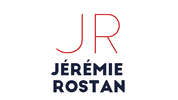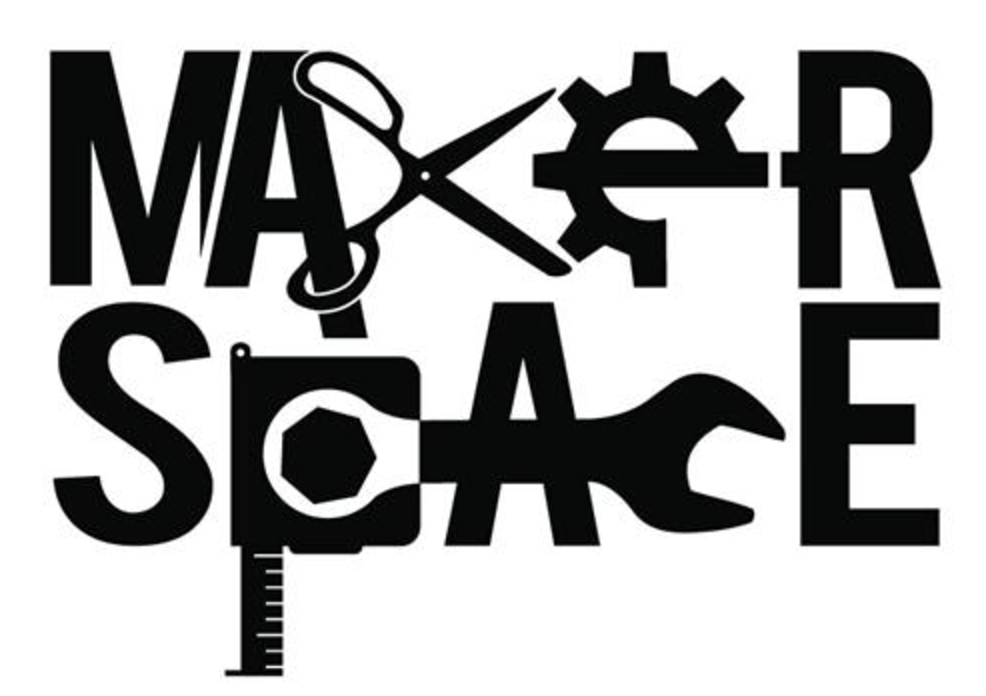|
observation of a Grade 5 and 6 course based on a model called “Problem-Based Science” (PBS) and taught full time in a makerspace at a private high school in California.
As described by the author, Christa Flores, PBS “is learning through inventing and problem-solving while using the latest in fabrication technology, like 3D printers and laser cutters, as well as more traditional making skills, like electronics, robotics, sewing and carpentry” (Flores, 2018) Bridging ideas in design thinking, maker education, and applied maths and science, PBS is based on constructionism, which Seymour Papert defined as “a view of learning as a reconstruction rather than as a transmission of knowledge.” According to this theory, “learning is most effective when part of an activity the learner experiences as constructing a meaningful product” (Papert, 2008). PBS is thus “simple on the surface: learners use real problems, small and large, real tools, real materials, and sufficient time to grow as learners” (Flores, 2018) Concretely, rather than a fixed set of lab instructions, teachers used prompts such as “Make something that can move a 75g steel ball from point A to point B and uses two or more forms of energy.” Once given the prompt, “students [were] given weeks to months to form teams based on passion and/or skill sets, brainstorm, then test and iterate on various solutions.” Flores used daily formative assessments, as well as video taped exit surveys, to observe the benefits of learning “in a student-centered, self-directed learning space designed for constructionism”. Some of her most important findings are: “Self-direction is both challenging and rewarding” “Students often felt trusted and respected (...)” “Using student driven, open-ended problem solving, rather than a 100% teacher-led, step by step lab, leads to higher engagement in hard problems. Students typically seen as struggling in traditional classrooms identified as experts and successful learners in this setting.” “Using PBS as a model for science literacy allows the youngest of learners to practice mindsets and habits typical of real scientists and inventors, fostering early identity formation in STEM fields.” “This appproach allows for a highly differentiated learning experience. In addition, the open-endedness of prompts provides students with control over the ‘‘why, how and what’’ of their learning journey in a way that a learner needs and values.” Thus, “an open-ended approach to learning (...) affords students choice and voice, and promotes confidence, engagement and self-esteem.” Finallly, “once a learner is given time to see themselves as a creative, problem solvers, they are ready for the next phase of PBS. By the end of the school year students may be charged with finding their own problems to solve. They are prompted to do this by observing their local environment for the possible needs of others to address.” Source: Flores (2018), "Problem-based science, a constructionist approach to science literacy in middle school", International Journal of Child-Computer Interaction, 16, 2018, pp. 25-30.
0 Comments
Your comment will be posted after it is approved.
Leave a Reply. |
|
Proudly powered by Weebly

